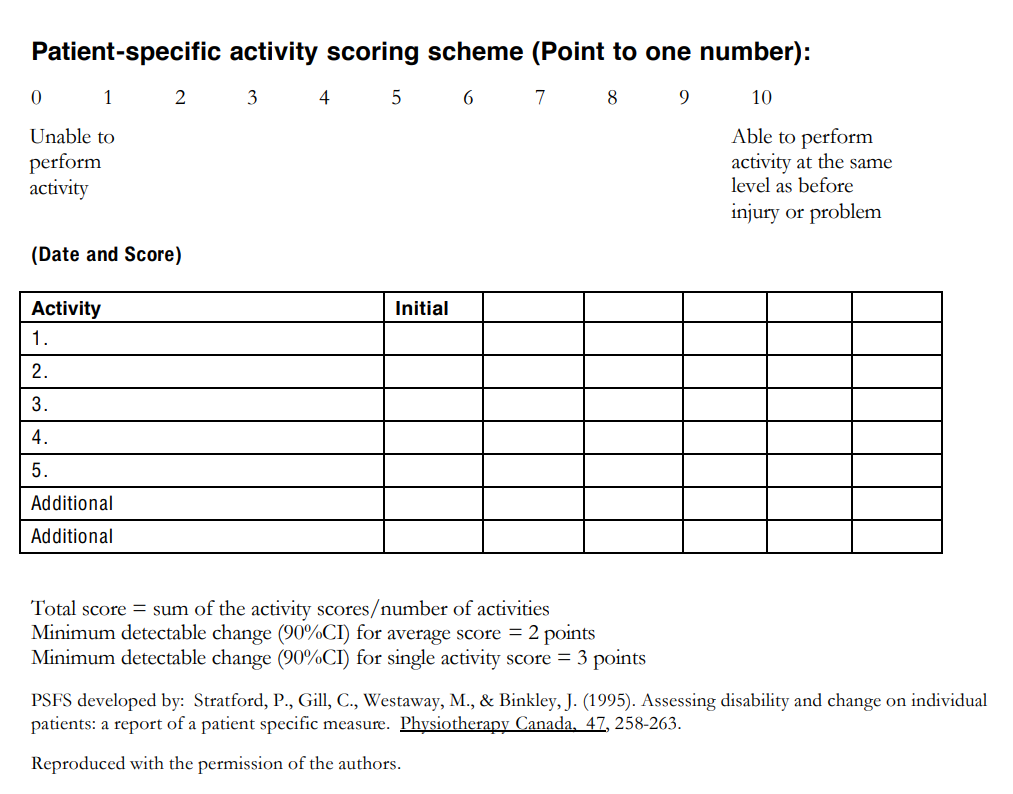Cheap And Functional: A Guide To Value Shopping

Table of Contents
Planning Your Value Shopping Spree
Before you even open a browser or step into a store, meticulous planning is key to successful value shopping. This involves two crucial steps: budgeting and list-making.
Budgeting for Value
Creating a realistic budget is the cornerstone of smart spending. Without a clear financial plan, even the best deals can lead to overspending.
- Setting a strict budget: Decide how much you can realistically afford to spend on your shopping spree.
- Prioritizing needs vs. wants: Distinguish between essential purchases and non-essential items. Focus your budget on needs first.
- Utilizing budgeting apps: Tools like Mint, YNAB (You Need A Budget), or Personal Capital can help track expenses and manage your budget effectively.
Different budgeting methods can suit different people. The 50/30/20 rule (50% needs, 30% wants, 20% savings) is a popular approach. Regardless of the method, tracking your spending meticulously is crucial to ensure you stay within your allocated budget for value shopping.
Creating a Shopping List
A detailed shopping list is your second line of defense against impulse buys. It keeps you focused on your needs, maximizing your budget's impact.
- Categorizing needs by urgency and importance: Prioritize items based on necessity and timeline.
- Researching products beforehand: Read reviews, compare specifications, and familiarize yourself with options before heading to the shops.
- Comparing prices: Even before you start shopping, get an idea of the price range for the items on your list.
Using apps or spreadsheets to organize your shopping list can greatly enhance its effectiveness. Categorizing items, adding links to product pages, and noting desired features will streamline your value shopping experience.
Mastering the Art of Comparison Shopping
Once your budget and list are set, comparison shopping becomes your most powerful tool for value shopping.
Utilizing Online Price Comparison Tools
Leverage the power of the internet to find the best deals. Many websites and apps specialize in price comparison.
- Popular price comparison websites and apps: Google Shopping, PriceGrabber, Bizrate, and many retailer-specific apps are excellent resources.
- Features to look for: These tools often allow you to filter by price, features, retailer, and customer ratings.
These tools save significant time and money by instantly comparing prices across various retailers, ensuring you always get the best deal as part of your value shopping strategy.
Checking for Sales, Discounts, and Coupons
Don't settle for the initial price; actively seek out deals and discounts.
- Coupon websites and apps: RetailMeNot, Coupons.com, and Groupon offer a wide variety of coupons for both online and in-store purchases.
- Loyalty programs: Sign up for retailer loyalty programs to earn points, discounts, and exclusive offers.
- Retailer-specific sales: Check retailer websites and social media for announcements of sales, flash sales, and seasonal discounts.
Stacking coupons, understanding different types of sales (e.g., percentage discounts vs. fixed dollar amounts), and strategically using loyalty points can significantly boost your savings in your value shopping endeavors.
Identifying Quality on a Budget
Value shopping isn't about sacrificing quality; it's about finding high-quality products at reasonable prices.
Understanding Product Reviews
Online reviews provide invaluable insights into product quality and performance.
- Look for reviews from multiple sources: Don't rely solely on one website; consult several sources to get a balanced perspective.
- Consider the reviewer's biases: Be aware that reviewers may have personal preferences or affiliations that influence their opinions.
- Pay attention to recurring positive and negative themes: Focus on consistent feedback across multiple reviews to identify common strengths and weaknesses.
Filtering reviews by star rating and reading both positive and negative comments helps paint a clearer picture of a product's true value during your value shopping.
Prioritizing Durability and Functionality
Focus on essential features and durability rather than unnecessary extras.
- Focusing on essential features: Identify core functionalities vital to your needs and avoid paying extra for features you won't use.
- Choosing durable materials: Opt for products made from sturdy, long-lasting materials that will withstand regular use.
- Checking warranties and return policies: A good warranty offers peace of mind and protects against potential defects.
Assessing durability and functionality is crucial. For instance, when buying clothes, consider the fabric quality and stitching, or when choosing electronics, prioritize battery life and build quality.
Conclusion
Successful value shopping combines smart budgeting, diligent comparison shopping, and a keen eye for quality. By following these strategies, you can confidently acquire functional and durable products without overspending. Remember to prioritize your needs, research thoroughly, and actively seek out deals and discounts. Start your value shopping journey today and experience the rewards of smart spending! Master the art of value shopping and transform your approach to purchasing!

Featured Posts
-
 Finding Quality Products At Unbeatable Prices
May 06, 2025
Finding Quality Products At Unbeatable Prices
May 06, 2025 -
 Dealers Double Down Renewed Fight Against Ev Mandates
May 06, 2025
Dealers Double Down Renewed Fight Against Ev Mandates
May 06, 2025 -
 The B J Novak Mindy Kaling Relationship A Timeline Of Their Close Bond
May 06, 2025
The B J Novak Mindy Kaling Relationship A Timeline Of Their Close Bond
May 06, 2025 -
 Mindy Kaling And B J Novak Photos Through The Years
May 06, 2025
Mindy Kaling And B J Novak Photos Through The Years
May 06, 2025 -
 Novak Speaks Out The Truth About His Relationship With Mindy Kaling And Recent Rumors
May 06, 2025
Novak Speaks Out The Truth About His Relationship With Mindy Kaling And Recent Rumors
May 06, 2025
Latest Posts
-
 Ddg Releases Diss Track Dont Take My Son Addressing Halle Bailey
May 06, 2025
Ddg Releases Diss Track Dont Take My Son Addressing Halle Bailey
May 06, 2025 -
 Cheap But Good Products A Curated Collection
May 06, 2025
Cheap But Good Products A Curated Collection
May 06, 2025 -
 Halle Bailey Targeted In Ddgs New Song Dont Take My Son
May 06, 2025
Halle Bailey Targeted In Ddgs New Song Dont Take My Son
May 06, 2025 -
 Smart Shopping Budget Friendly Products That Dont Disappoint
May 06, 2025
Smart Shopping Budget Friendly Products That Dont Disappoint
May 06, 2025 -
 How To Save Money Without Sacrificing Quality A Buyers Guide
May 06, 2025
How To Save Money Without Sacrificing Quality A Buyers Guide
May 06, 2025
